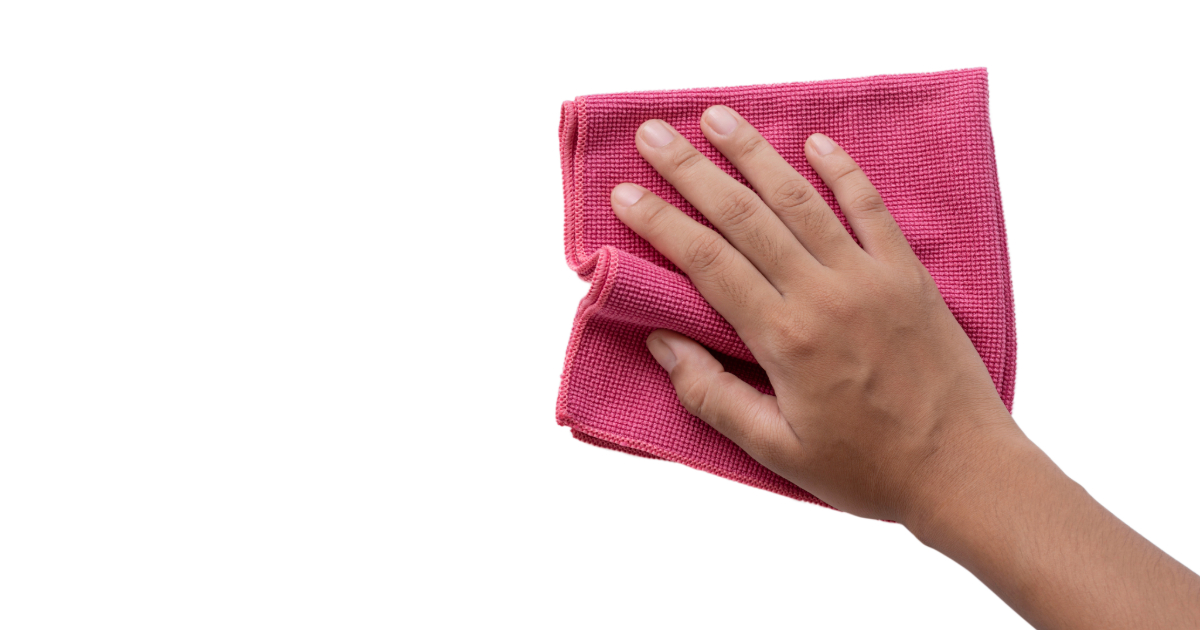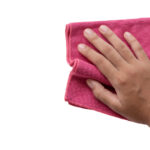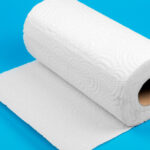Hand towels and washcloths are two essential items for any household.

While they may seem interchangeable at first glance, there are some key differences between the two that determine their best uses.
What is a Hand Towel?
A hand towel is a medium-sized towel, usually around 16 x 30 inches in size. As the name suggests, hand towels are intended for drying your hands after washing them. They can also be used to gently pat dry your face or other body parts.
Hand towels are typically made of highly absorbent materials like cotton, microfiber, or linen. The most common place to find hand towels is near sinks in bathrooms and kitchens, so they can be easily reached when needed.
What is a Washcloth?
A washcloth, sometimes called a face cloth, is much smaller than a hand towel – usually around 12 x 12 inches square in shape. Washcloths are designed to be used wet along with soap and water to wash your body while bathing.
The soft, scrubby texture of a washcloth helps exfoliate skin and remove dirt and oil more effectively than just using your hands. Washcloths are most often found in the bathroom as part of a matching towel set.
Key Differences
While hand towels and washcloths are both made of similar absorbent fabrics, there are a few key ways they differ:
Size
The most noticeable difference is size. Washcloths are small squares that fit easily in your palm, while hand towels are longer rectangles.
Purpose
Washcloths are for cleaning, hand towels for drying. Using a soft washcloth while bathing helps deeply cleanse skin. Hand towels absorb water without the scrubbing texture.
Frequency of Use
Washcloths should be laundered after 1-2 uses since they collect dirt and oil. Hand towels can be reused a few times before needing to be washed.
Fabric
Washcloths often have terry or scrubby texture while hand towels tend to be smoother for gentle drying. Both should be made of soft, absorbent fabrics.
When to Use Each
Now that you know the major differences between washcloths and hand towels, here is a breakdown of when to use each one:
Washcloths
Washcloths have a scrubby texture perfect for:
- Washing your face: Gently scrub makeup, dirt and oil away. Rinse after each use.
- Bathing your body: Apply soap or body wash to exfoliate and cleanse skin from head to toe.
- Washing hands: When hands are extra dirty, a soapy washcloth helps remove grime from skin and nails. Rinse thoroughly after use.
Hand Towels
The drying power of hand towels make them ideal for:
- Drying hands: After washing hands, pat dry with a clean hand towel near the sink.
- Drying face: Gently pat skin dry taking care around delicate eye area.
- Quick clean ups: Wipe up small spills or splatters in the bathroom or kitchen. Toss in laundry after each use.
Pros and Cons of Each
| Type | Pros | Cons |
|---|---|---|
| Washcloth | Exfoliates skin while cleaning Soft texture gentle on the face Inexpensive | Needs frequent laundering Can harbor bacteria if left damp |
| Hand Towel | Absorbs water quickly Durable to reuse Larger size | Not scrubby enough for deep cleaning |
Caring for Washcloths and Hand Towels
To maximize the lifespan of both washcloths and hand towels:
- Wash frequently: Wash every 1-2 uses for washcloths, weekly for hand towels. Use hot water to sanitize.
- Avoid fabric softener: This can reduce absorbency over time. Instead, add white vinegar to rinse cycle.
- Air dry thoroughly: Tumble dry on low until completely dry to prevent musty smells. Hang or lay flat to dry.
- Replace when worn: Look for holes, stains or frayed edges. It’s time to replace when fabrics look dingy or gray even after washing.
Storing towels in a cool, dry place also prevents damage from humidity.
Buying Quality Washcloths and Hand Towels
When shopping for washcloths or hand towels, look for these features:
- 100% cotton or microfiber: Most absorbent fabrics that are gentle on skin.
- Looped terrycloth texture: Provides softness and scrubbing ability.
- Medium weight: Too heavy when wet causes excess friction. Too light won’t absorb enough water.
- Hemmed edges: Protects from fraying in the wash.
- Avoid embellishments: Decorative edges or appliques reduce functionality for cleaning and drying.
High quality hand and wash towels should provide years of performance with proper use and laundry. Replace any with thinning fabric, holes from snags or visible stains.
FAQs
What is the best fabric for washcloths and hand towels?
The most absorbent and gentle fabrics for washcloths and towels are 100% cotton, microfiber and terrycloth. Cotton offers softness, microfiber extra absorbency, and terrycloth provides fluffy loops that absorb water well. Some high end varieties like Turkish and Egyptian cotton provide luxurious levels of softness and durability.
How often should you replace washcloths and hand towels?
Plan to replace washcloths every 3-6 months with frequent use. Hand towels can be used for 1-2 years with proper laundry and care. Any towels with holes, thinning fabric, permanent stains or foul odors should be discarded sooner to prevent mold or bacteria from accumulating.
Should you use the same washcloth on your face and body?
It’s best to use a separate washcloth just for your face since the skin is more sensitive. Face washcloths can harbor oil, dirt and makeup that you would not want to spread across already clean skin on your body. Designate soft cotton washcloths just for your face to prevent transferring dirt and bacteria each time you cleanse.
Should you dry your hands on kitchen towels?
Avoid drying hands on kitchen towels or dishcloths which can spread germs onto surfaces and food. Designate separate hand towels near kitchen and bathroom sinks for drying freshly washed hands. Swap out kitchen hand towels daily and launder dishcloths after each use to prevent bacteria buildup.
Conclusion
Hand towels and washcloths both serve important roles, but function best when used as designed. Reserve gentle, scrubby washcloths for cleansing skin in the bath or shower. Their ability to exfoliate while washing helps remove dirt, oil and cosmetics without irritating sensitive facial skin.
Use absorbent hand towels specifically for drying hands at the sink or for general spills and messes. Hand towels lack the scrubbing power of washcloths, but their larger size and smooth fabric make them ideal for gentle drying and quick clean ups around the house.







